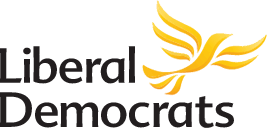Introduction
The following is an extract from the Government’s website describing the role of further education colleges;-
Further education (FE) includes any study after secondary education that’s not part of higher education (that is, not taken as part of an undergraduate or graduate degree).
Courses range from basic English and maths to Higher National Diplomas (HNDs).
FE also includes 3 types of technical and applied qualifications for 16 to 19-year-olds:
- level 3 tech levels to specialise in a specific technical job
- level 2 technical certificates help get employment or progress to another tech level
- applied general qualifications to continue general education at advanced level through applied learning
The FE definition includes vocational training sometimes associated with apprenticeships.
Background to Further Education Colleges
For a post war period, Further Education Colleges were known as Technical Colleges and provided day release and evening vocational training to accompany the four days on-the-job training apprentices were receiving at work. However, as manufacturing went into decline, so did apprenticeship schemes and the consequent need for Technical Colleges. In 1992, Further Education moved away from LEA funding and more towards a commercial model. Learn more…
Most Primary and Secondary schools were classified as Local Government schools, (such as Community or Foundation Schools) and were controlled by the Local Education Authority. However, there are an increasing number of Central Government schools in England (such as Academies, Free Schools and City Technology Colleges), that are directly controlled by the Department for Education.
Universities are classified as Non-Profit Institutions Serving Households (NPISH) and although Universities receive public funding, they have alternative sources of funding and have a high degree of autonomy. This frees them from direct control by Government.
